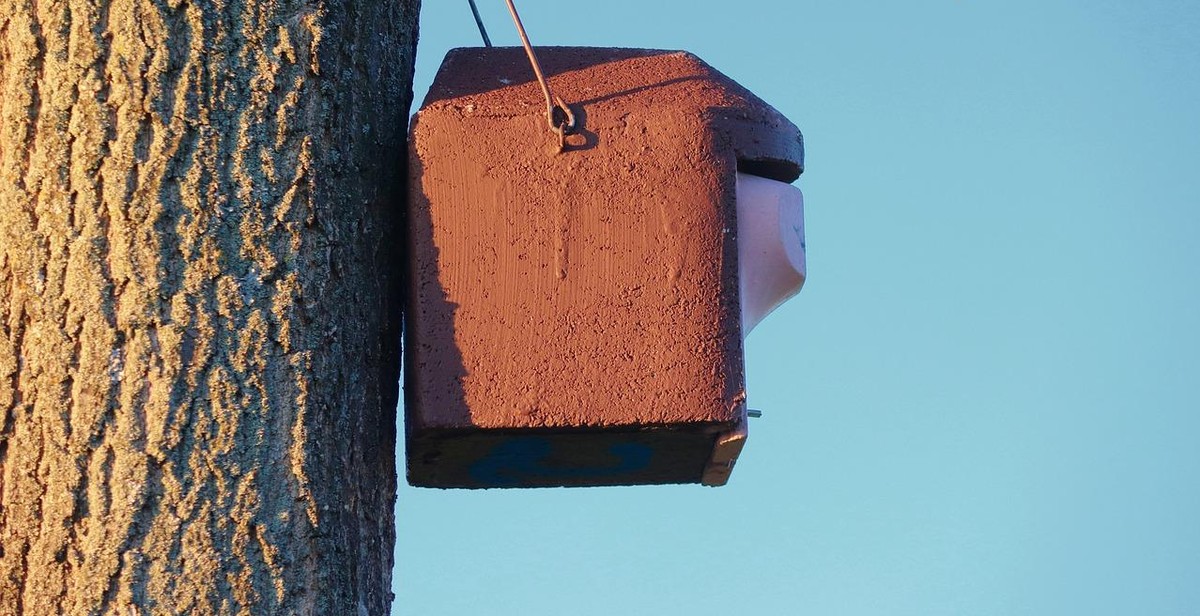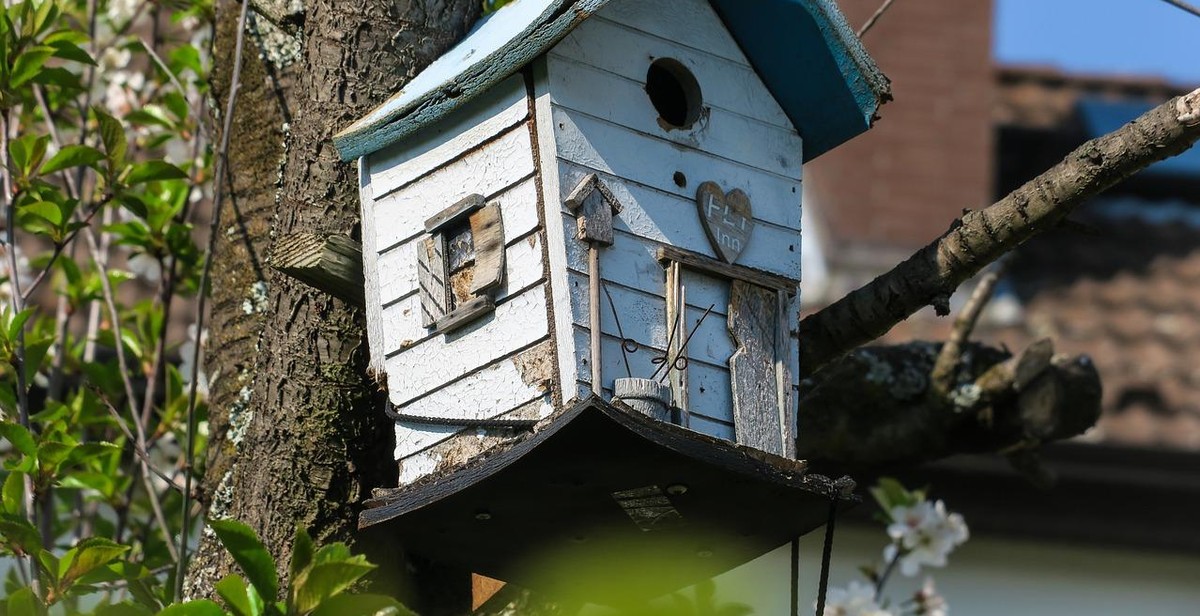How to Build a Bird Feeder: DIY Projects for Attracting Feathered Friends
Are you a bird lover looking for a way to attract more feathered friends to your yard? Building a bird feeder is a great way to do just that. Not only does it provide a food source for birds, but it also allows you to observe them up close and personal.
Why Build a Bird Feeder?
There are several reasons why building a bird feeder is a great idea. First and foremost, it provides a reliable food source for birds. This is especially important during the winter months when food can be scarce. By providing a bird feeder, you are helping to ensure that birds in your area have access to the food they need to survive.
Secondly, building a bird feeder is a fun and rewarding DIY project. It allows you to express your creativity while also providing a functional item for your yard. Whether you are an experienced woodworker or a beginner, there are bird feeder plans and designs available for all skill levels.
Lastly, building a bird feeder is a great way to connect with nature. Observing birds in their natural habitat can be a calming and peaceful experience. It also provides a learning opportunity for children and adults alike to learn about different bird species and their behaviors.
In this article, we will provide step-by-step instructions on how to build a bird feeder, as well as ideas for different designs and materials to use.

Materials Needed for Building a Bird Feeder
Building a bird feeder is a fun and easy DIY project that can be completed with just a few basic materials. Below is a list of the materials you will need to build your own bird feeder:
Wooden Planks
The main component of a bird feeder is the wooden planks. You will need to choose high-quality, untreated wood that is safe for birds to eat from. Cedar and redwood are popular choices for bird feeders as they are weather-resistant and durable.
Screws and Nails
You will need screws and nails to hold the wooden planks together. Make sure to choose rust-resistant hardware that will withstand the elements and keep your bird feeder sturdy.
Wood Glue
Using wood glue in addition to screws and nails can provide extra stability for your bird feeder. It is recommended to use a waterproof wood glue to ensure that your bird feeder lasts for years to come.
Drill and Drill Bits
A drill and drill bits are necessary for creating holes in the wooden planks for the screws and nails. Make sure to choose drill bits that are the appropriate size for your hardware.
Saw
A saw will be needed to cut the wooden planks to the appropriate size and shape. A circular saw or hand saw can be used for this task.
Sandpaper
Sandpaper is essential for smoothing out any rough edges on the wooden planks. Make sure to use a fine-grit sandpaper to avoid splinters and create a smooth finish.
Conclusion
With these basic materials, you can easily build your own bird feeder and attract a variety of feathered friends to your yard. Make sure to follow proper safety precautions when using power tools and always choose high-quality materials for the best results.

Step-by-Step Guide: How to Build a Bird Feeder
Building a bird feeder can be a fun and rewarding DIY project. Follow these six simple steps to create a bird-friendly space in your backyard:
Step 1: Cut the Wooden Planks
The first step in building a bird feeder is to cut the wooden planks to size. You will need four pieces of wood for the sides of the feeder, two pieces for the roof, and one piece for the base. Use a saw to cut the wood to the appropriate lengths, based on the design of your feeder.
Step 2: Sand the Edges of the Planks
After cutting the wooden planks, sand the edges to smooth out any rough spots or splinters. This will prevent the birds from getting injured while using the feeder and make it more visually appealing.
Step 3: Drill Holes in the Planks
Next, drill holes in the wooden planks for the feeding ports. The size and number of holes will depend on the type of birds you want to attract. Research the feeding habits of different bird species to determine the appropriate hole size and spacing.
Step 4: Assemble the Feeder
Now it’s time to assemble the feeder. Use wood glue and screws to attach the sides and base of the feeder together. Make sure the corners are square and the feeder is level.
Step 5: Attach the Roof
Attach the roof of the feeder using hinges or screws. This will allow you to easily fill the feeder with birdseed and clean it out when necessary.
Step 6: Add the Perch and Feeding Ports
Finally, add the perch and feeding ports to the bird feeder. The perch should be attached to the base of the feeder, while the feeding ports should be inserted into the holes you drilled earlier. Make sure they are securely attached and positioned correctly.
By following these six simple steps, you can create a beautiful and functional bird feeder that will attract feathered friends to your backyard. Enjoy watching the birds feed and play in their new space!

Tips for Attracting Birds
Building a bird feeder is just the first step in attracting feathered friends to your yard. Here are some tips to make your backyard a bird haven:
Location is Key
The location of your bird feeder is crucial to attracting birds. Birds prefer a quiet and safe location, away from predators and busy traffic. Place the feeder in a spot that is easily visible from inside your home, so you can enjoy watching the birds from the comfort of your living room. Position the feeder near trees and shrubs to provide birds with a safe place to perch and rest.
Keep it Clean
Keeping your bird feeder clean is essential for the health of the birds. Regularly clean the feeder and remove any moldy or spoiled food. Replace the food every few days to prevent it from going stale. Use a bird feeder brush to clean the feeder thoroughly. This will prevent the spread of disease among the birds.
Provide Different Types of Food
Birds have different feeding preferences, so it is essential to provide a variety of food types to attract a diverse range of birds. Offer seeds, nuts, fruits, and suet to attract a wide variety of birds. Different types of birds prefer different types of food, so offering a variety of food will attract more birds to your feeder.
Add Water Sources
Water is essential for birds to drink and bathe in, so adding a water source to your backyard will attract more birds. Birds are attracted to the sound of running water, so consider adding a bird bath or a small fountain to your backyard. Make sure to change the water regularly to prevent the spread of disease.
By following these tips, you can create a bird-friendly environment in your backyard and attract a range of feathered friends to your bird feeder.
Conclusion
Building a bird feeder is a great way to attract feathered friends to your yard and enjoy their beautiful songs and vibrant colors. With the DIY projects discussed in this article, you can create a bird feeder that is not only functional but also aesthetically pleasing.
Tips for Success
Remember to use quality materials that are safe for birds, such as untreated wood and non-toxic paint. Keep in mind the type of birds you want to attract and choose a feeder design that suits their feeding habits. Also, make sure to place your feeder in a location that is easily accessible for birds but also safe from predators.
Benefits of Building a Bird Feeder
Aside from the joy of watching birds in your yard, building a bird feeder can also have positive effects on the environment. By providing food for birds, you are helping to support their populations and contribute to the ecosystem. Additionally, birdwatching has been shown to have a calming and stress-reducing effect on humans, making it a great hobby for anyone looking to improve their mental health and wellbeing.
So what are you waiting for?
Get started on your DIY bird feeder project today and enjoy the many benefits of attracting feathered friends to your yard!
